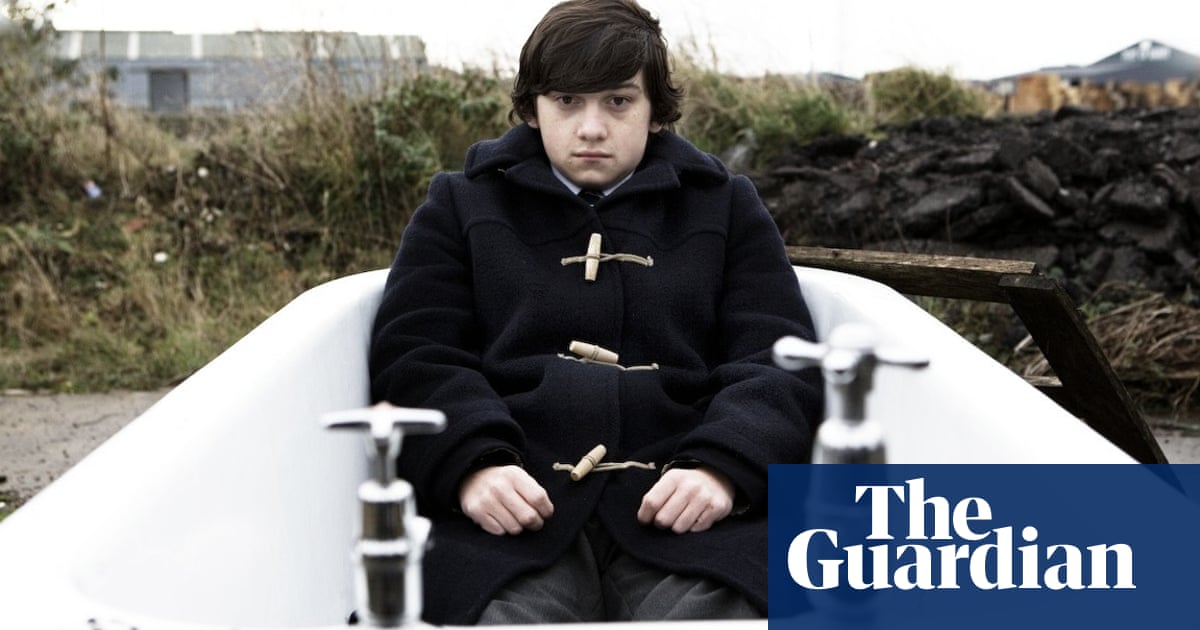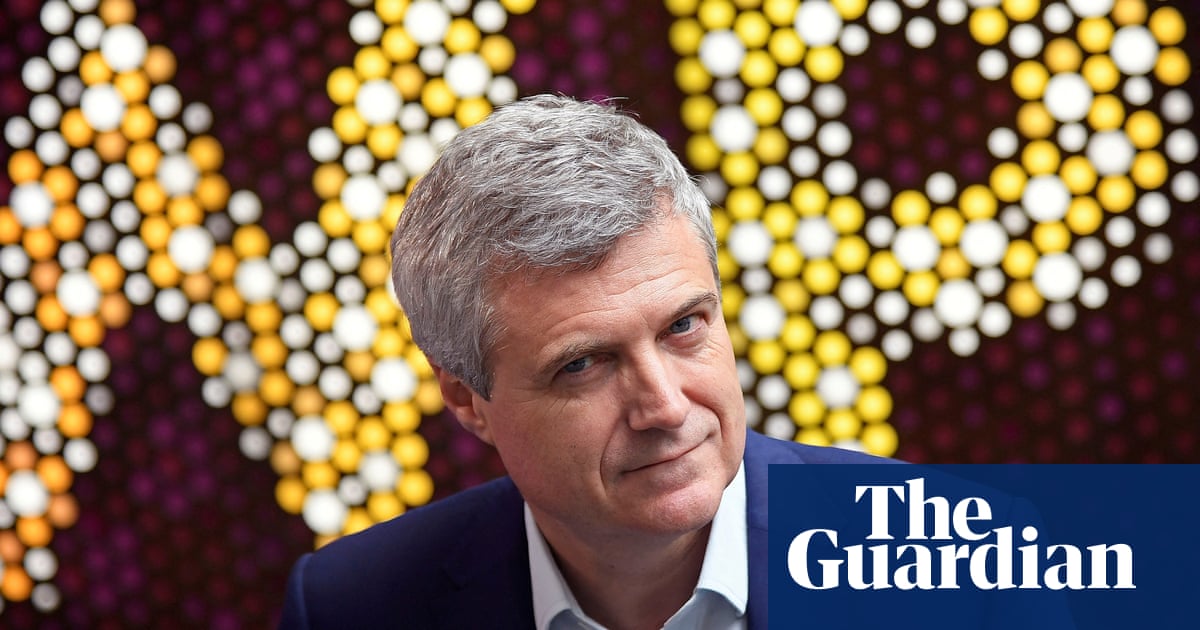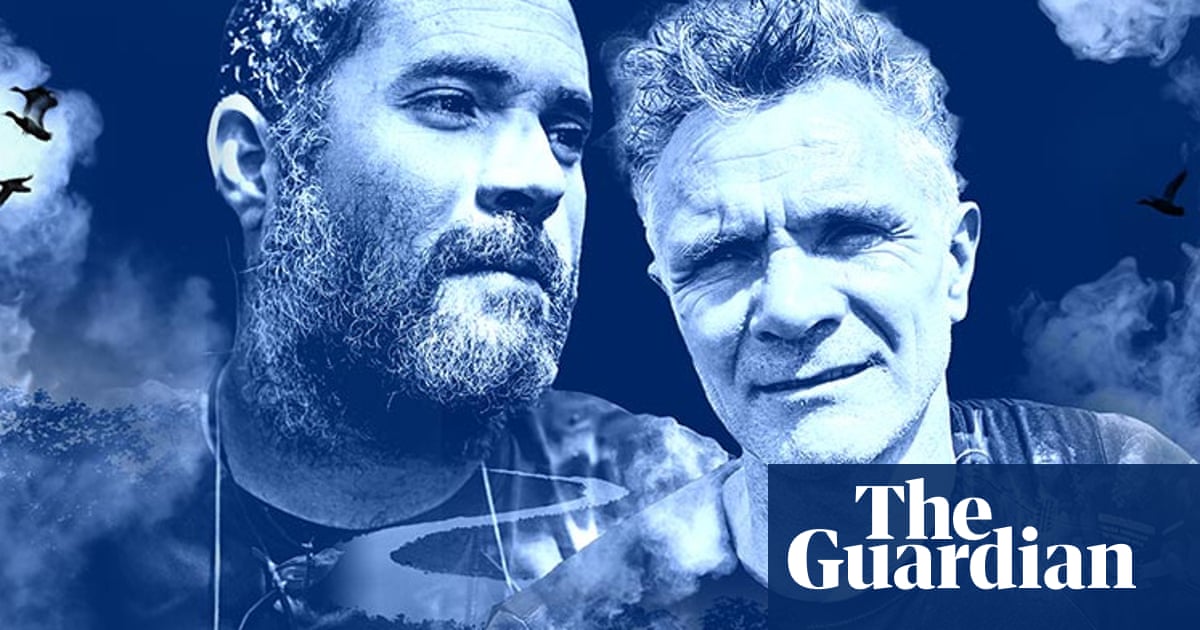Kenji Kanno, director of Sega’s legendary driving game Crazy Taxi, remembers the exact moment he knew the game had made a seismic impression. “I was going to Las Vegas for promotional work,” he says. “I got into the taxi and the driver drove me very fast, arriving at my destination quickly. At the end, he laughed and said: ‘I am the real Crazy Taxi!’ It was a strange experience.”
Initially released in arcades, the zany, pop-punk drive-em’-up celebrates its 25th anniversary this month. Crazy Taxi was an addictive coin-swallowing thrill ride, the game’s eccentric cabbies continually yelling “Ready to have some fun?” and “Time to make some crazy money!” in the faces of perturbed-looking normies who simply wish to be chauffeured over to Pizza Hut. Driving green-haired Axel’s yellow 1960 Cadillac Eldorado so fast that its front bumper smashed into sunny San Francisco’s concrete hills was a memorable experience for all who played. (The Ford Mustang-driving Gena was my mum’s character of choice.)
I remember losing an entire summer trying to master the “crazy dash” technique that allowed you to boost faster around corners on the critically acclaimed Sega Dreamcast version of the game (released in 2000 and running at an impressively fluid 60 frames-per-second), instead of going outside to play with my friends. Subsequent ports on the PlayStation 2, GameCube, and Xbox 360 drove sales of Crazy Taxi into the millions, creating a hit for Sega at a time where things weren’t easy, as the formerly dominant Japanese console manufacturer was on the edge of exiting that business.

Rock band the Offspring provided turbo-charged guitar riffs for Crazy Taxi’s soundtrack, but that’s not the only thing that makes it feel like a time capsule from the turn of the millennium. This game captured the carefree hyperactivity of late 90s/early 00s pre-9/11 America; an era where many young people’s biggest worry was whether beer-swilling Stone Cold Steve Austin might retain the WWE world title.
Despite its crossover success, Crazy Taxi had a lot of early detractors, Kanno remembers. “At the beginning of development, more than half of the project members were strongly opposed to the idea of a game about taxi drivers,” he recalls.
The way Hollywood had historically framed cabbies made the concept of Crazy Taxi a tough sell for Sega’s executives. In the words of Marcello Di Cintio, the author of Driven: The Secret Lives of Taxi Drivers: “Cabbies in pop culture have often been characters on the margins. The stereotype, then and now, is that cabbies had a window on the seedy side of urban life, and were part of a nocturnal world the rest of us don’t see. Drugs. Alcohol. Sex …”

Kanno, though, was much more interested in the less sinister taxi drivers present in Luc Besson’s 1998 action-comedy film Taxi, as well as the challenge of turning the guy behind the steering wheel into someone more lovable. Crazy Taxi’s drivers are decidedly un-sinister, a bunch of grinning, colourfully dressed thrill-seekers who are the furthest thing from mundane. Kanno wanted the game to do for taxi drivers what Paperboy had done for, well, paperboys. “I told the team: ‘I think it is the job of games creators to make regular jobs look more cool! Even if this is a vision that no one has ever had before, then we should do it.’”
Growing up, Kanno found taxis somewhat magical, he says. “In Japan, taxi doors open automatically. As a child, I wondered why taxi doors opened as you approached them, but my family’s car door stayed shut? This was so mind-blowing to me that I came to see taxis as these magical things.” When he got older, Kanno was obsessed with old Hollywood movies, and wanted to capture that same giddy tension and glamour presented in the iconic driving sequences in classics such as The Italian Job and The French Connection. A location such as San Francisco was perfect. “What I wanted to express the most in Crazy Taxi was the dynamism of movie car chases. I chose San Francisco because it is a city with so many undulations that you can constantly express that kind of action.”
Unlike most racing games, Crazy Taxi makes you think on your feet rather than learn its tracks. (Echoes of this chaotic approach can be seen in The Simpsons: Road Rage, which basically took the Crazy Taxi concept over to Springfield.) “This is a game where players make split-second decisions in constantly changing situations,” Kanno says. “That’s why I made the other vehicles into obstacles. The design is not about memorising every course and taking the best line, but about the player navigating a constantly changing path.”
A planned multiplayer mode was cut due to the technical limitations of the time. But the leaderboards still allowed for competitive, wait-your-turn battles between friends. For those who still struggle to last more than two minutes while playing Crazy Taxi (FYI: one rooftop shortcut is a gamechanger), is there any chance of a modern, multiplayer-enabled sequel? “I can’t say much,” replies Kanno. “But Crazy Taxi will make you smile again soon!”

 3 months ago
64
3 months ago
64

















































